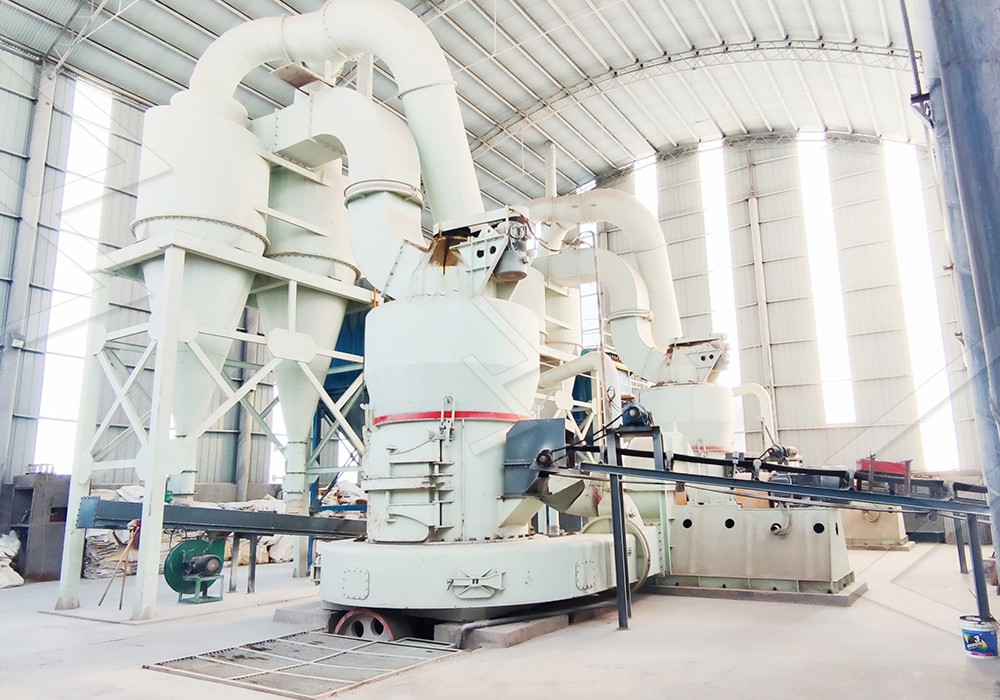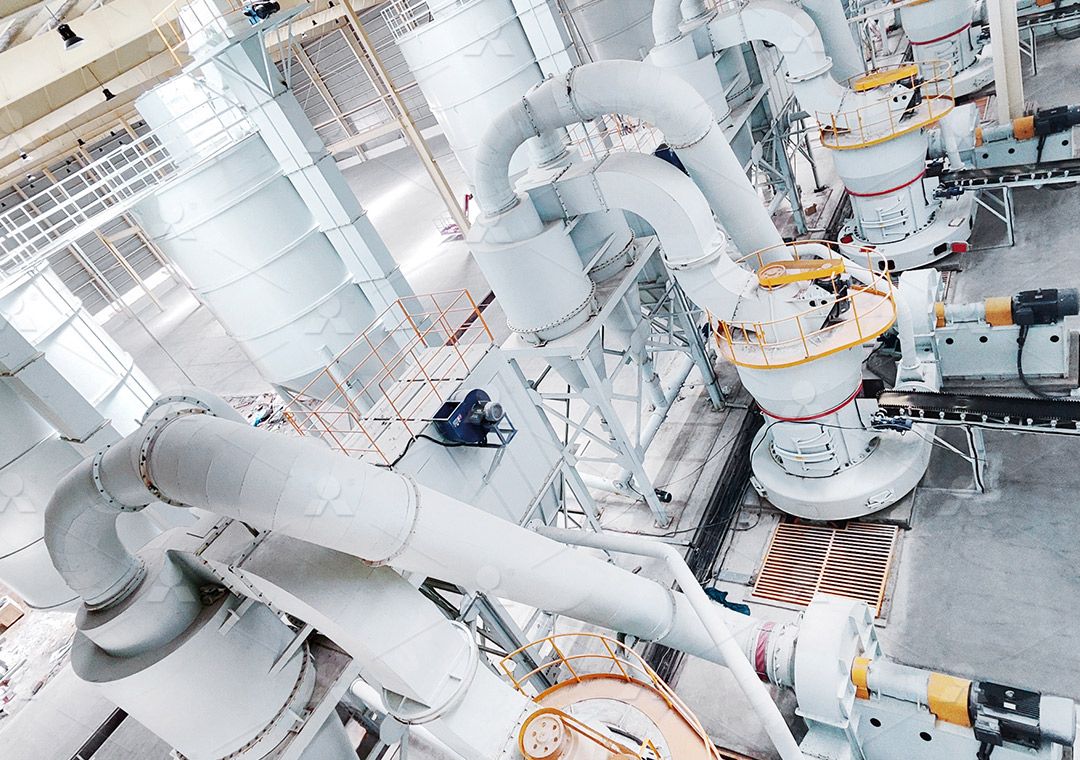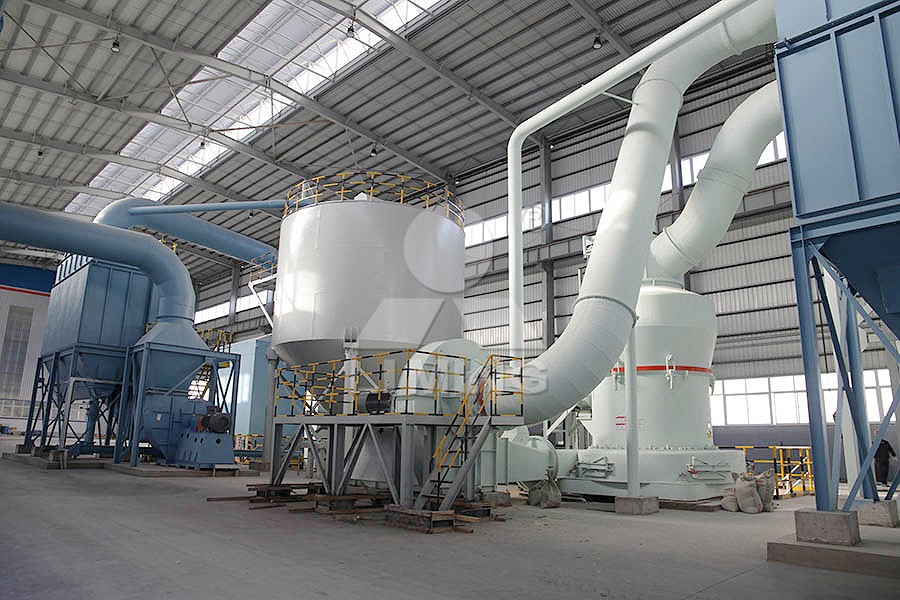MTM100 Trapezium Mill Safety Operation Procedures
MTM100 Trapezium Mill Safety Operation Procedures
Operating industrial grinding equipment requires strict adherence to safety protocols to ensure both personnel protection and equipment longevity. The MTM100 Trapezium Mill, while designed with numerous safety features, demands careful attention to operational procedures. This comprehensive guide outlines essential safety practices developed through years of field experience and engineering expertise.
Pre-Operation Safety Checks
Before initiating any milling operations, conduct thorough visual inspections of the entire system. Verify that all protective guards are securely in place, particularly around moving components like the grinding rollers and drive mechanisms. Check for any loose bolts, leaks, or visible damage to the main structure. Ensure the emergency stop buttons are accessible and functional throughout the milling area.

Lubrication verification constitutes another critical pre-operation step. Confirm that all lubrication points contain adequate clean oil, paying special attention to the grinding roller bearings and central drive shaft. Remember that improper lubrication represents one of the most common causes of premature equipment failure.
Personal Protective Equipment Requirements
All personnel working in the milling area must wear appropriate PPE, including safety glasses, hearing protection, dust masks, and steel-toed boots. When performing maintenance tasks, additional protection like hard hats and heavy-duty gloves may be necessary. Establish clear signage indicating mandatory PPE zones around the equipment.
Startup Sequence and Monitoring
Initiate the MTM100 following the prescribed startup sequence: begin with the dust collection system, followed by the main motor, and finally the feeding mechanism. During the initial operating period, closely monitor amperage readings, temperature gauges, and unusual vibrations. Any abnormal readings should prompt immediate shutdown for investigation.
For operations requiring ultra-fine powder production beyond the MTM100’s capacity, consider our MW Ultrafine Grinding Mill which achieves fineness between 325-2500 meshes with exceptional energy efficiency. This advanced system features no rolling bearings in the grinding chamber, eliminating concerns about bearing damage and loose screws that can compromise safety.

Material Feeding Safety
Feed materials consistently within the specified input size range of 0-50mm. Avoid metallic contaminants that could cause sparking or equipment damage. Use appropriate feeding equipment and never attempt to clear jams while the mill is operating. Implement lockout-tagout procedures before addressing any feeding system issues.
Emergency Procedures
Establish and regularly practice emergency shutdown procedures. All operators should know the location and operation of emergency stops. In case of unusual noise, vibration, or smoke, execute immediate shutdown using the nearest emergency stop. Never attempt to restart the equipment until the cause has been identified and resolved.
Maintenance Safety Protocols
When performing maintenance, always disconnect power and implement lockout-tagout procedures. Allow the mill to completely cool before beginning internal inspections or repairs. For replacement parts, always use genuine components to maintain safety standards and equipment integrity.
For operations requiring vertical grinding solutions, our LUM Ultrafine Vertical Grinding Mill incorporates double position-limiting technology that prevents destructive impacts during operation. Its reversible structure allows easier maintenance access, significantly reducing technician exposure to hazardous situations during servicing.

Housekeeping and Environmental Safety
Maintain clean work areas around the mill to prevent slip hazards and dust accumulation. Regularly inspect the pulse dust collection system to ensure proper operation. The MTM100’s efficient dust control minimizes environmental impact while protecting operator health.
Frequently Asked Questions
What is the maximum input size for the MTM100 Trapezium Mill?
The MTM100 processes materials up to 50mm in size, though consistent feeding within specification ensures optimal safety and performance.
How often should safety inspections be conducted?
Complete safety inspections should occur before each startup, with comprehensive mechanical inspections scheduled monthly or after every 500 operating hours.
What personal protective equipment is mandatory?
Safety glasses, hearing protection, dust masks, and steel-toed boots constitute minimum requirements. Additional protection may be necessary for specific tasks.
Can the MTM100 operate without the dust collection system?
No. The dust collection system is integral to both safety and performance. Operation without proper dust control creates health hazards and can damage equipment.
What training should operators receive?
Operators require comprehensive training on normal procedures, emergency shutdowns, maintenance protocols, and hazard recognition specific to the MTM100 system.
